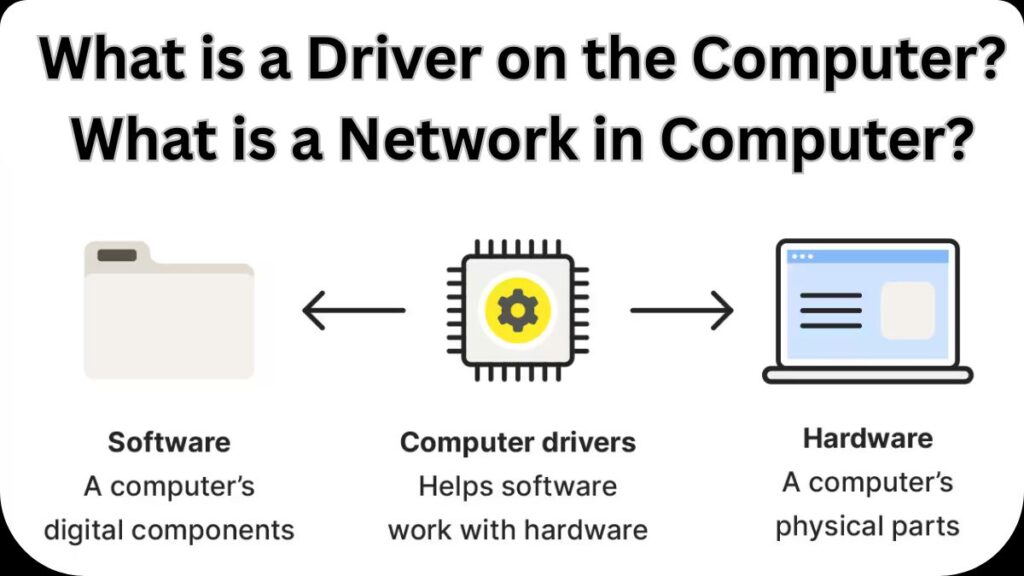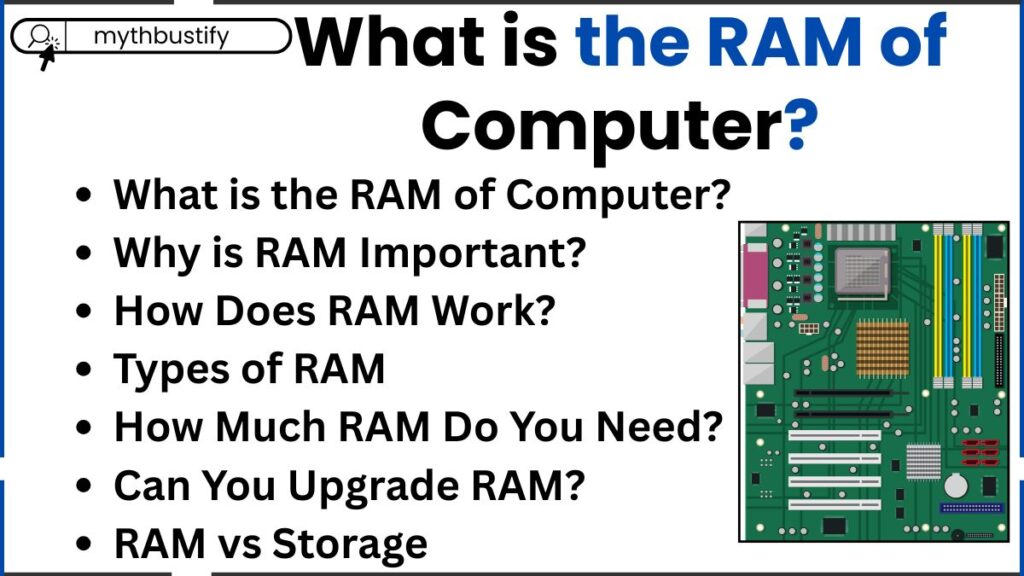TOP 10 CODES YOU AREN’T MEANT TO KNOW
Discover the top 10 secret codes used in stores, hospitals, ships, and law enforcement that you were never meant to know — including Code Adam, Ten Codes, and Inspector Sands. Learn what these hidden messages really mean.
CODE ADAM
“Code Adam” was invented by Wal-Mart but it is now an internationally recognized alert and means “missing child.” The code was first coined in 1994 in memory of Adam Walsh, a six-year-old who went missing in a Sears department store in Florida in 1981. Adam was later found murdered. The announcement will state: “We have a Code Adam,” followed by a description of the missing child. Security will monitor exits immediately. If the child is not found within 10 minutes, police are alerted. If the child is found with an unknown adult, the adult is detained if safe. In 2003, it became compulsory in federal buildings. A similar alert is the AMBER alert, named after Amber Hagerman.
WAL-MART
Wal-Mart has a unique set of store-specific codes. Some are harmless:
Code 10/20: dry/wet spill
Code 300: security
Code Orange: chemical spill
But others are serious:
Code Red: fire
Code Blue: bomb threat
Code Green: hostage situation
Code White: accident
Code C: customer service
These codes help staff act fast without causing panic.
INSPECTOR SANDS
Used in the UK, “Inspector Sands” is a secret fire alert code. Rather than announce “fire,” staff are told something like: “Will Inspector Sands report to the lobby.” It’s widely used in stores, theaters, and the Underground. A recorded message plays if smoke is detected. During the 2005 London bombings, it was used on a loop. It’s often confused with bomb alerts — for those, codes like “Mr. Gravel” are used.
CODE BRAVO
At airports, “Code Bravo” triggers a general security alert. Security staff yell “Code Bravo” loudly to alarm the crowd and gain control. On ships, it means “fire” — the most dangerous situation at sea. Ships also use sound signals like “seven short and one long” to signal “man the lifeboats.”
CODE OSCAR
On ships, “Code Oscar” means “man overboard.” When this happens, the ship must quickly change direction and sound alert blasts to warn other nearby vessels. Ships may also use:
Code Alpha: medical emergency
Code Delta: biological hazard
DOCTOR BROWN
In hospitals, “Doctor Brown” is a code used when a staff member is in danger — like from a violent patient. Paging “Doctor Brown to Room X” alerts security. Other codes:
Code Silver: person with a weapon
Code Gray: violent person without a weapon
Codes vary by hospital and country.
CODE 10
A “Code 10” has two meanings:
In hospitals: mass casualty or serious threat
In retail: suspicious credit card transaction
Merchants call the credit card company and say “Code 10” without informing the customer. The company then asks secret questions to verify fraud. If suspicious, the merchant may keep the card and alert law enforcement.
TIME CHECK
In retail stores, “Time Check” is a secret bomb alert code. It’s used as: “Time check: the time is 12:00.” It silently tells staff to follow bomb protocols — either search or evacuate. Shockingly, some staff are expected to search for the bomb. If you hear this, it’s smart to move toward the exit.
PROFESSIONAL CODES
In tech support, professionals sometimes use secret codes for difficult customers:
PEBKAC: Problem Exists Between Keyboard And Chair
PICNIC: Problem In Chair, Not In Computer
ID10T Error: (read as “idiot”)
These codes are unofficial, funny — but a bit insulting.
TEN CODES
Used by law enforcement since 1937 (expanded in 1974), Ten Codes help radio communication. Example:
- 10-31: crime in progress
- 10-00: officer down
- 10-27-1: homicide
California police also use numeric codes like “187” for homicide. Some police departments even tried to make Ten Codes illegal to share publicly.


